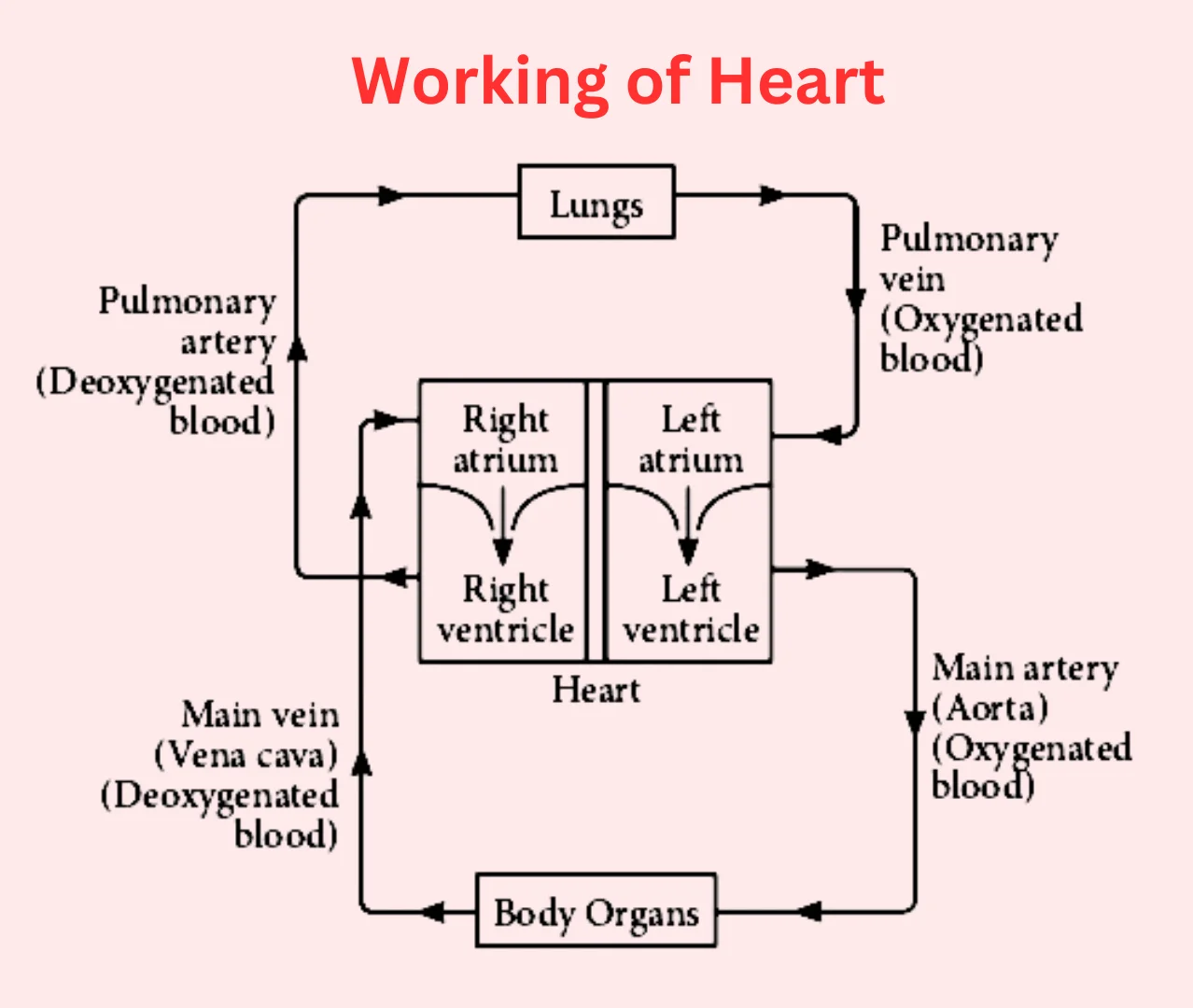Which of the following conclusions can definitely be drawn from the given statements? Statement I: All pencils are erasers.Statement II: Some erasers are markers.
Which of the following conclusions can definitely be drawn from the given statements?
Statement I: All pencils are erasers.
Statement II: Some erasers are markers.


SS = 5C2 = 10 CASES = RB + GB+ YB+ OB = 4 P(E) =2/5
SS = 5C2 = 10
CASES = RB + GB+ YB+ OB = 4
P(E) =2/5
See less